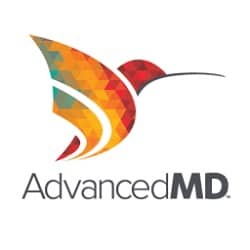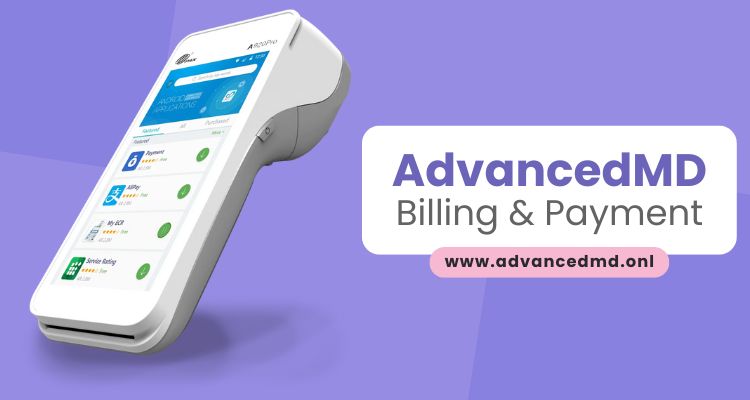AdvancedMD offers a powerful yet easy-to-use billing and payment system designed for healthcare providers. Its automated tools simplify medical claims processing, payment collection, and revenue management, saving time and reducing errors. This guide will walk you through how to manage billing, submit claims, and process payments effortlessly with AdvancedMD.

Features of AdvancedMD Billing & Payment System
1. Automated Medical Billing
- Ensures accurate and efficient claim submission.
- Reduces errors with automated charge capture.
- Improves financial performance through real-time reporting.
2. Insurance Verification & Eligibility Check
- Quickly verifies patient insurance eligibility.
- Minimizes claim rejections due to invalid coverage.
- Reduces administrative workload by automating verification.
3. Claim Submission & Tracking
- Supports electronic claim submission (EDI).
- Provides real-time tracking of claim statuses.
- Helps reduce denials and rejections with pre-claim checks.
4. Payment Processing & Collections
- Accepts credit/debit card, ACH, and online payments.
- Sends automated patient payment reminders.
- Integrates with third-party payment solutions.
5. Revenue Cycle Management (RCM)
- Enhances cash flow through automated invoicing.
- Tracks outstanding balances and past-due payments.
- Improves financial performance with advanced analytics.

How to Submit a Medical Claim in AdvancedMD
Step 1: Verify Patient Information
- Ensure all patient demographics and insurance details are correct.
Step 2: Generate the Medical Claim
- Use AdvancedMD’s claim creation tool to generate claims.
- Attach necessary supporting documents and medical codes.
Step 3: Submit the Claim Electronically
- Select EDI submission for faster processing.
- Review claim details before final submission.
Step 4: Track Claim Status
- Monitor claims using AdvancedMD’s claim tracking dashboard.
- Address any denied or rejected claims immediately.
Step 5: Receive & Process Payments
- Track insurance reimbursements.
- Post received payments into the patient’s account.
- Manage patient billing and outstanding balances.
Troubleshooting Common Billing Issues

1. Claim Rejections
- Verify that ICD-10 and CPT codes are correct.
- Ensure insurance details are updated.
- Resubmit the claim after making necessary corrections.
2. Delayed Payments
- Follow up with insurance providers for pending claims.
- Offer multiple payment options to patients for quicker processing.
3. Billing Errors
- Double-check for duplicate claims or incorrect patient information.
- Run pre-billing audits to catch errors before submission.
Conclusion
AdvancedMD simplifies medical billing, claims management, and payment processing for healthcare providers. By automating workflows, reducing errors, and ensuring timely payments, it improves overall financial efficiency. For better revenue cycle management, providers should leverage AdvancedMD’s advanced billing tools and stay updated with insurance requirements.